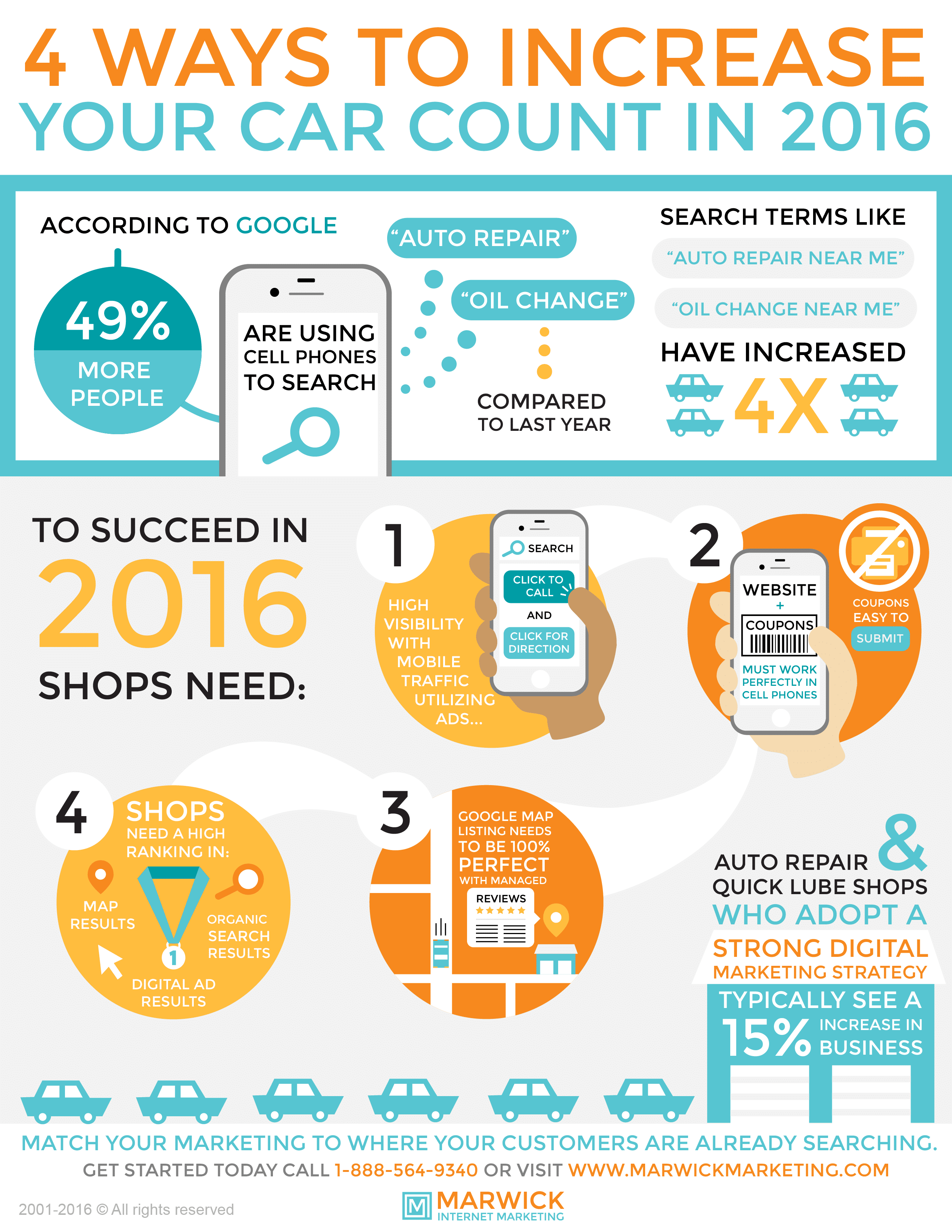Wondering About The Definition Behind Those Control Panel Warning Lights? Gain Insights Into Their Implications For Your Car'S Safety And Security And Maintenance
Wondering About The Definition Behind Those Control Panel Warning Lights? Gain Insights Into Their Implications For Your Car'S Safety And Security And Maintenance
Blog Article
Posted By-Sykes Winters
When you're behind the wheel, those radiant caution lights on your dashboard can be a little bit perplexing. Do you understand what they're attempting to tell you concerning your auto's health? Understanding the significance of these lights is important for your security and the longevity of your car. So, the following time among those lights appears, would not you wish to decipher its message properly and take the needed steps to resolve it?
Common Caution Lighting and Interpretations
Determine usual warning lights in your vehicle and recognize their definitions to ensure secure driving.
The most common warning lights consist of the check engine light, which indicates concerns with the engine or emissions system. If this light begins, it's important to have your vehicle examined promptly.
The oil pressure cautioning light shows low oil stress, calling for prompt interest to avoid engine damage.
please click the next site blinking battery light could recommend a damaged charging system, potentially leaving you stranded otherwise resolved.
The tire pressure monitoring system (TPMS) light informs you to reduced tire pressure, affecting automobile stability and gas efficiency. Neglecting this could result in harmful driving conditions.
The ABS light suggests a trouble with the anti-lock braking system, endangering your capability to quit swiftly in emergencies.
Last but not least, the coolant temperature level cautioning light warns of engine overheating, which can lead to serious damages if not resolved promptly.
Understanding these common warning lights will assist you deal with problems promptly and maintain secure driving conditions.
Importance of Prompt Attention
Comprehending the typical caution lights in your cars and truck is just the initial step; the importance of immediately resolving these warnings can not be emphasized sufficient to guarantee your safety and security when traveling.
When a warning light illuminates on your control panel, it's your automobile's method of connecting a potential issue that requires interest. Overlooking these cautions can lead to a lot more serious problems later on, jeopardizing your security and potentially costing you more in repairs.
Trigger interest to warning lights can protect against malfunctions and accidents. For in detail , a blinking check engine light could show a misfire that, if left unattended, could cause damages to the catalytic converter. Resolving this promptly can save you from an expensive repair service.
Similarly, a brake system warning light could signify low brake liquid or worn brake pads, critical components for your security when driving.
Do It Yourself Troubleshooting Tips
If you discover a caution light on your dashboard, there are a couple of DIY repairing ideas you can attempt before looking for expert aid.
The primary step is to consult your cars and truck's handbook to comprehend what the certain caution light indicates. Occasionally the concern can be as basic as a loosened gas cap activating the check engine light. Tightening up the gas cap may fix the trouble.
navigate to this site is a low battery, which can activate various cautioning lights. Examining the battery connections for rust and ensuring they're safe could deal with the problem.
If a caution light persists, you can attempt resetting it by disconnecting the vehicle's battery for a couple of minutes and after that reconnecting it. In addition, checking your lorry's fluid degrees, such as oil, coolant, and brake fluid, can help repair alerting lights associated with these systems.
Conclusion
Finally, recognizing your car's warning lights is essential for maintaining your car running efficiently and securely. By immediately addressing these notifies and knowing what they suggest, you can prevent costly fixings and possible break downs.
Bear in mind to consult your vehicle's guidebook for specific information on each warning light and act appropriately to make certain a trouble-free driving experience.
Stay informed, remain risk-free when driving!
